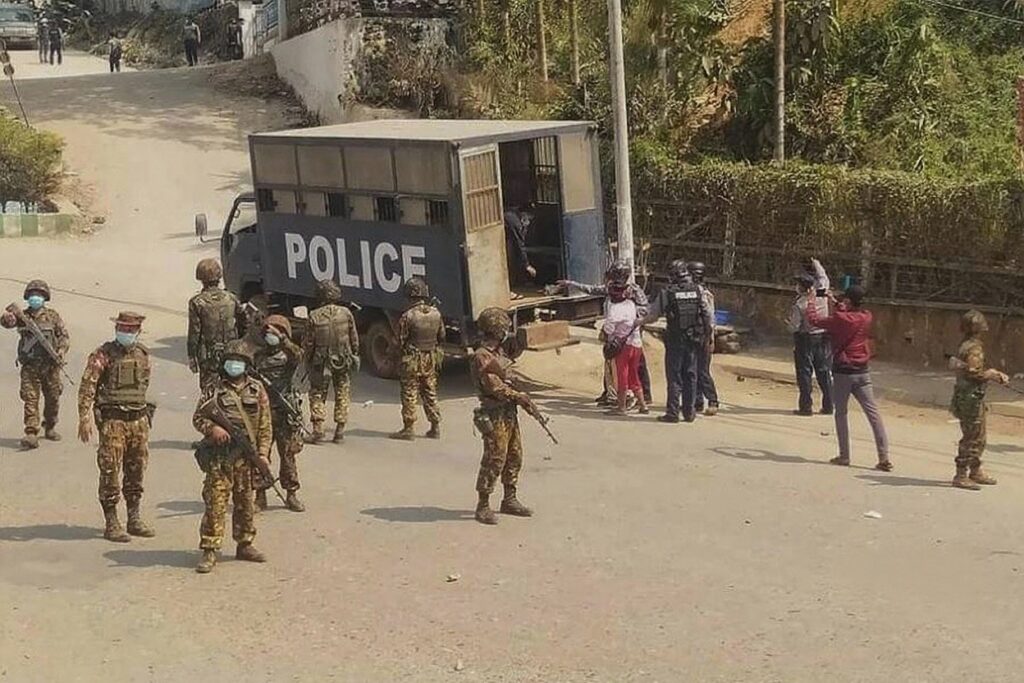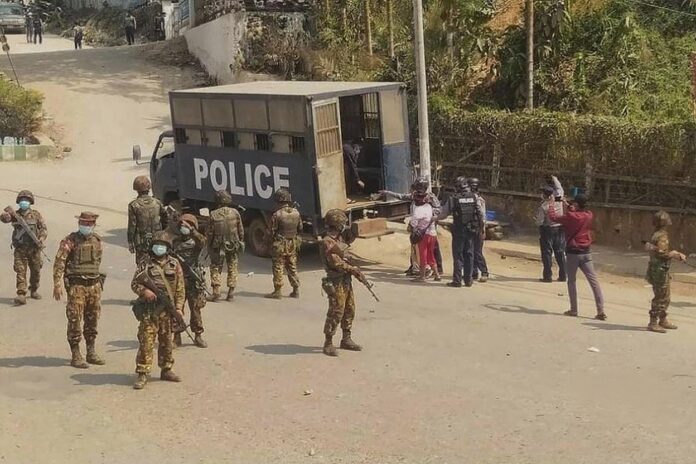According to the revolutionary forces, the junta commission is using the People Surveillance and Management System (PSMS) to track and arrest opponents of the dictatorship.
The PSMS integrates citizens’ personal data with artificial intelligence (AI) and CCTV networks, allowing authorities to monitor phone numbers, bank accounts, and even personal movements, according to technology experts.
An order issued in August to General Administration Offices in Mandalay Region and southern Shan State confirmed the system is being used to arrest deserters, fugitives, and revolutionary activists. A statement from the Mandalay Region police noted that about 1,650 people were arrested with PSMS between March and April, suggesting it has been in active use since 2025.

A CDM staff member from the General Administration Department, Ko Kaung Naing Oo, described his experience, “When I was at Tachileik’s Bridge in April, immigration scanned my smart card. The officer told me, ‘You can’t leave the country.’ When he entered my number, it showed ‘Black List.’ He even showed me. I wasn’t arrested, but I was blocked from leaving.”
Activists warn that while governments normally use surveillance to target criminals, the junta is weaponizing it against political opponents.
“During the earthquake, many revolutionary groups entered cities to help. The junta knew. Lower-ranking officers don’t know who’s who, but with this system, if they check an ID card number, suspicions are raised. For us, we continue the revolution, but we must be far more careful with security,” said protest leader Ma Wai from Mandalay.
Since the coup, the junta has steadily increased CCTV surveillance across towns and villages under its control.

